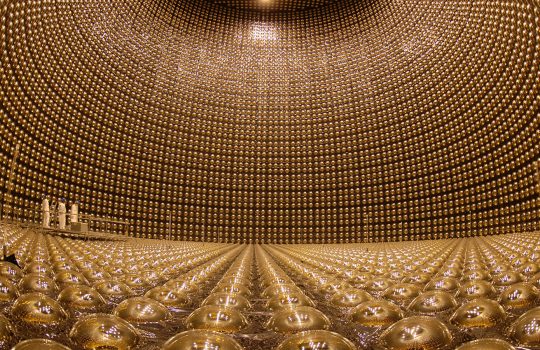Accelerator experiments are closing in on neutrino CP violation
From Physics Today, June 1, 2020: Somewhere in the laws of physics, particles must be allowed to behave differently from their antiparticles. If they weren’t, the universe would contain equal amounts of matter and antimatter, all the particles and antiparticles would promptly annihilate one another, and none of us would exist. Fermilab’s NOvA neutrino experiment and the international Deep Underground Neutrino Experiment, hosted by Fermilab, are pinning down CP violation, the property that could explain the imbalance.

